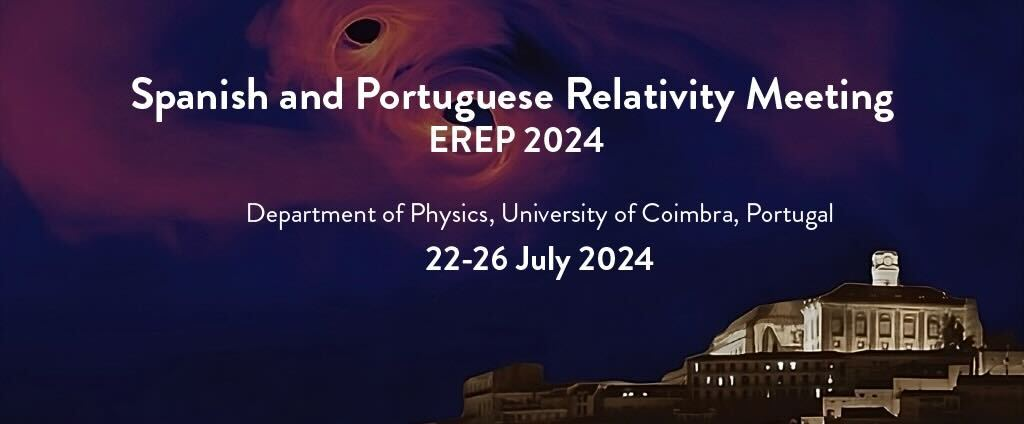Speaker
Description
In quantum field theory particle pairs can be spontaneously excited out of the quantum vacuum by a dynamical spacetime or background. Well-known examples include Hawking radiation by collapsing stars, or particle creation by accelerated mirrors. Although this topic is well-understood from a theoretical viewpoint, only few explicit examples can be calculated in full closed form using analytical methods. In this work we explore this phenomenon using numerical techniques instead, and simulate the scattering of a massless scalar field from past null infinity to future null infinity with a set of effective potentials. As radiation (revealing the creation of particles) is only unambiguously defined at null infinity, this evolution naturally resorts to ingoing and outgoing hyperboloidal slices – spacelike slices that reach past and future null infinity, respectively. By comparing the field's spectra there, we aim to ascertain the appearance of new frequency modes, which indicates the creation of particles. These numerical experiments are executed in spherical symmetry on a Minkowski spacetime background with a stationary, radially-dependent potential, as well as with a time-dependent potential that serves as a toy model and mimics the dynamics of the non-stationary regime of gravitational collapse. This presentation will report on the progress achieved so far.
